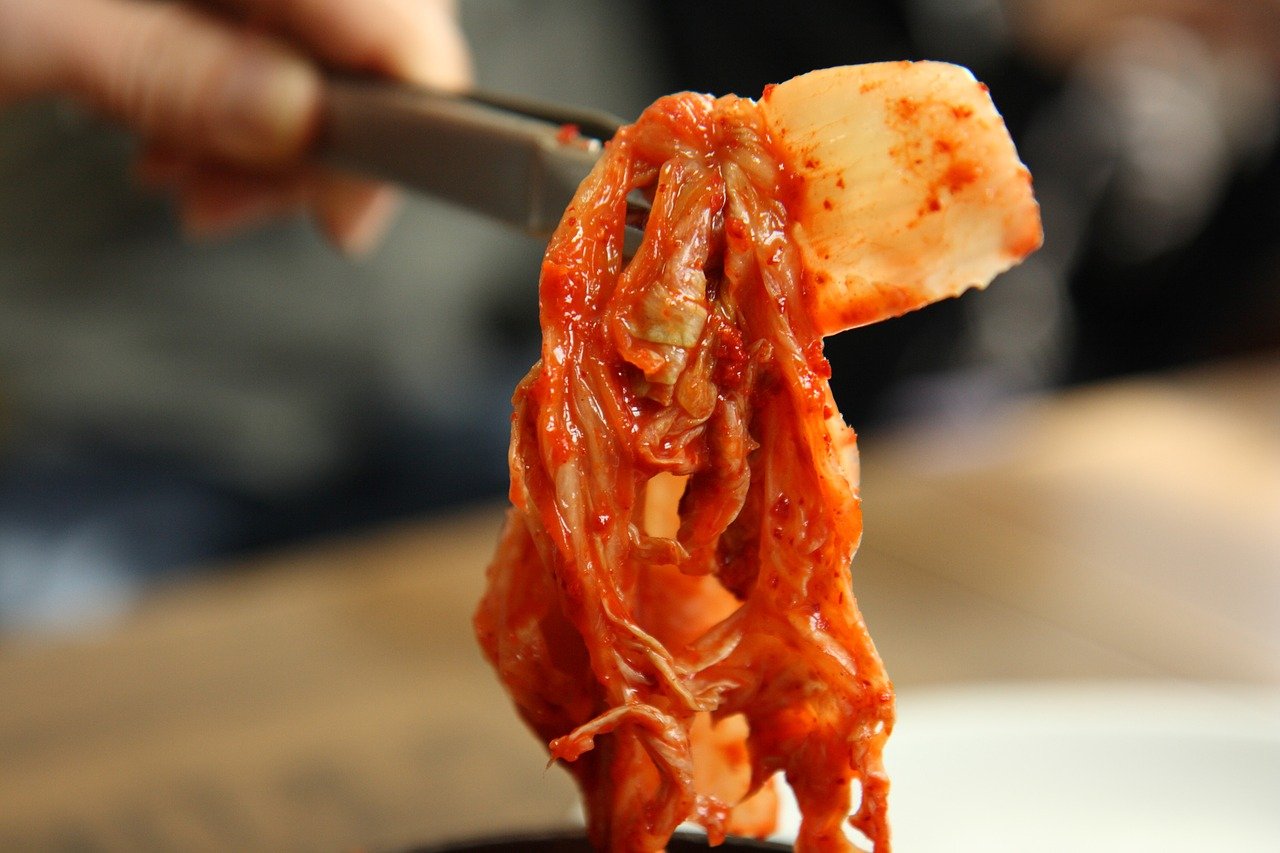
So I told you fermenting was easy and now you are having problems, right? Don't worry, take a breath, it will be ok, we will work through this together. Let's consider some of the things that can happen.
A few other potential issues that could crop up.

Stop wasting money on expensive probiotic pills and create your own great tasting, healthy gut bacteria from naturally fermented foods. This is a simple, frugal and waste-free way to enjoy your summer veggies. Don't be afraid to branch out and stray from the traditional recipes.
This email address is being protected from spambots. You need JavaScript enabled to view it.